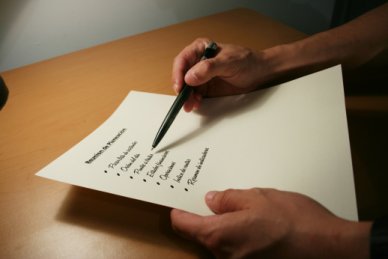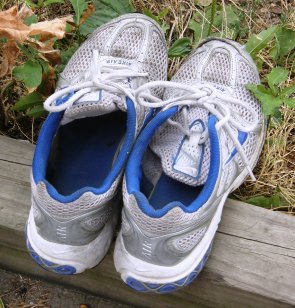
I have been involved in new school on a number of occasions now and in each the issue of creative flexible learning spaces has been raised. I believe in the idea of flexible learning spaces as more than just current education speak.
Learning is dynamic and ever changing plus different content requires different learning activities to be undertaken and all of this has to happen within a schools buildings and within “classrooms” although I use the word classroom loosely to refer to the space within which students learn. As such a fixed or traditional classroom design can be very limiting. A traditional classroom tends to have a specific front to the class, with students expected to sit and face in this direction. Students are also expected to sit in fixed positions either in individual rooms or in grouped desks. Such a classroom may not be conducive to students engaging in a classroom treasure hunt or to an intimate whole class story time or to a million other possible learning activities.
A flexible learning space allows for different grouping by allowing furniture to be easily moved, grouped and even removed. A flexible classroom does not necessarily have a front or at least the front of the class can change dependent on the specific learning activities. It should also allow for larger or smaller classes to be accommodated either by subdividing space or by having retractable or removable walls. The class should facilitate learning rather than obstructing it.
My area of focus within the classroom design discussion is that of IT and providing the IT infrastructure to support the flexible learning. Some aspects of this are reasonably simple such as the provision of internet access which can easily be provided via Wi-Fi, or the provision of mobile computing which can be provided via laptops and devices such as the iPad. The one problem however that I always come up against is that of power. All battery powered devices ultimately need power to charge. Where display screens are being used these need power to operate. The issue is where do you get power from?
The options have always been the same; the floor, the ceiling and the walls. I have never liked floor panels as they break plus when incorrectly used can cut through cables. The ceiling is not easily accessible which leaves the walls. The walls however form the periphery of the classroom and of learning and if sockets are in the walls then maybe the computer ends up by the socket and the wall and once again we have a front to the class and we are back to an extent where we started.
I am still looking to identify the best solution however I have a funny feeling it will need to involve a mix of wall, floor and ceiling mounted sockets.













